Fur trade gets the hairy eyeball
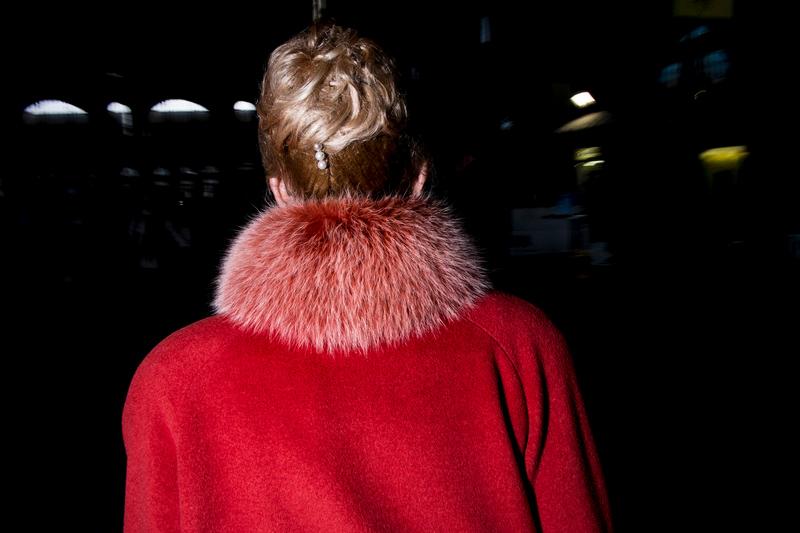
Fur trim and coats are trendy, but are consumers aware of the grim conditions for most of the animals involved? A Swiss label law aims to inform, but many say that an outright import ban is needed.
It’s cold and everyone walking around Bern is dressed warmly, except for one woman. Clad in her underwear plus a scarf and boots, she’s also wearing a sign that says, “I’d rather go (almost) naked than wear fur”. She’s been collecting signatures for a petition to ban the import of fur products made with animal-torturing methods.
“It’s going really well – people have been very supportive. I’ve got so many signatures that I’ll have to get more forms,” Daniela tells swissinfo.ch. A moment later, a woman with a fur coat and bag walks past, giving her a dirty look.
The petitionExternal link, launched by the Swiss Animal PartyExternal link, argues that the commercial production of fur causes “substantial physical and mental animal suffering”. It also cites Swiss law, pointing out that it’s been many years since there were any fur farms in Switzerland. That means most of the fur seen on the streets and in shop windows comes from abroad. And compared with other nations, Switzerland seems to have quite a fur fetish.
“Swiss animal welfare regulations have been bypassed by importing fur products: these products mainly come from animal-torturing farms with up to 100,000 animals or from hunting methods that go against animal protection and welfare,” states the petition, referring to traps, snares and seal clubs that would breach Swiss laws that protect animals from suffering, fear and abuse.
A dozen Swiss organisations officially support the petition, which has about 22,000 signatures so far. It also has political allies, such as Swiss People’s Party parliamentarian Andrea Geissbühler.
“Children and animals in particular need our protection because they can’t defend themselves. That’s why I’m campaigning for tortured animals,” Geissbühler told swissinfo.ch. She and Senator Pascale Bruderer Wyss of the Social Democrats have asked the cabinet to establish a ban on fur produced under cruel conditions.
“I reject inhumane hunting and slaughter methods that diametrically contradict the animal welfare principles protected by Swiss law,” Bruderer told swissinfo.ch. “In recent years, sales of fur-trimmed textiles from abroad have gone up significantly.”
In 2014, Switzerland imported 431,000 kilos of fur in the form of whole skins as well as finished clothing and accessories – mostly from China, where horrifying videosExternal link have been filmed showing animals being mistreated, and even skinned alive. In 1988, the figure was more than twice as high, with Germany as the top provider. However, after dropping to a low of 153,000 in 1999, the amount of fur being imported into Switzerland has risen steadily.
Label law
Switzerland is the only country with a declaration requirement for fur. This is the first whole winter that a label law is in effect for products made with fur; after a year-long transition period, it came into full force on March 1, 2014 – quite late in the season for warm apparel.
The Federal Food Safety and Veterinary Office has been monitoring its implementation, and the results are poor. Last year it inspected 90 shops, websites and mail-order catalogues based all over the nation. Of the 48 selling fur and fur-trimmed fashions, 41 had failed to label their wares properly.
The law requires that each item be tagged with the following information: type of animal, country of origin, and the method by which the fur was obtained – in other words, was it a wild animal killed by hunters or trappers? And if it was a farm animal, did it live in a herd or a pack? Or did it live in a cage, and if so, was the floor made of wire or natural materials?
Swiss public television, SRF, visited a mink farm in Denmark. The slender animals lived in small wire cages with very little straw.
“This kind of rearing is not appropriate,” said Kaspar Jörger of the food safety and veterinary office.
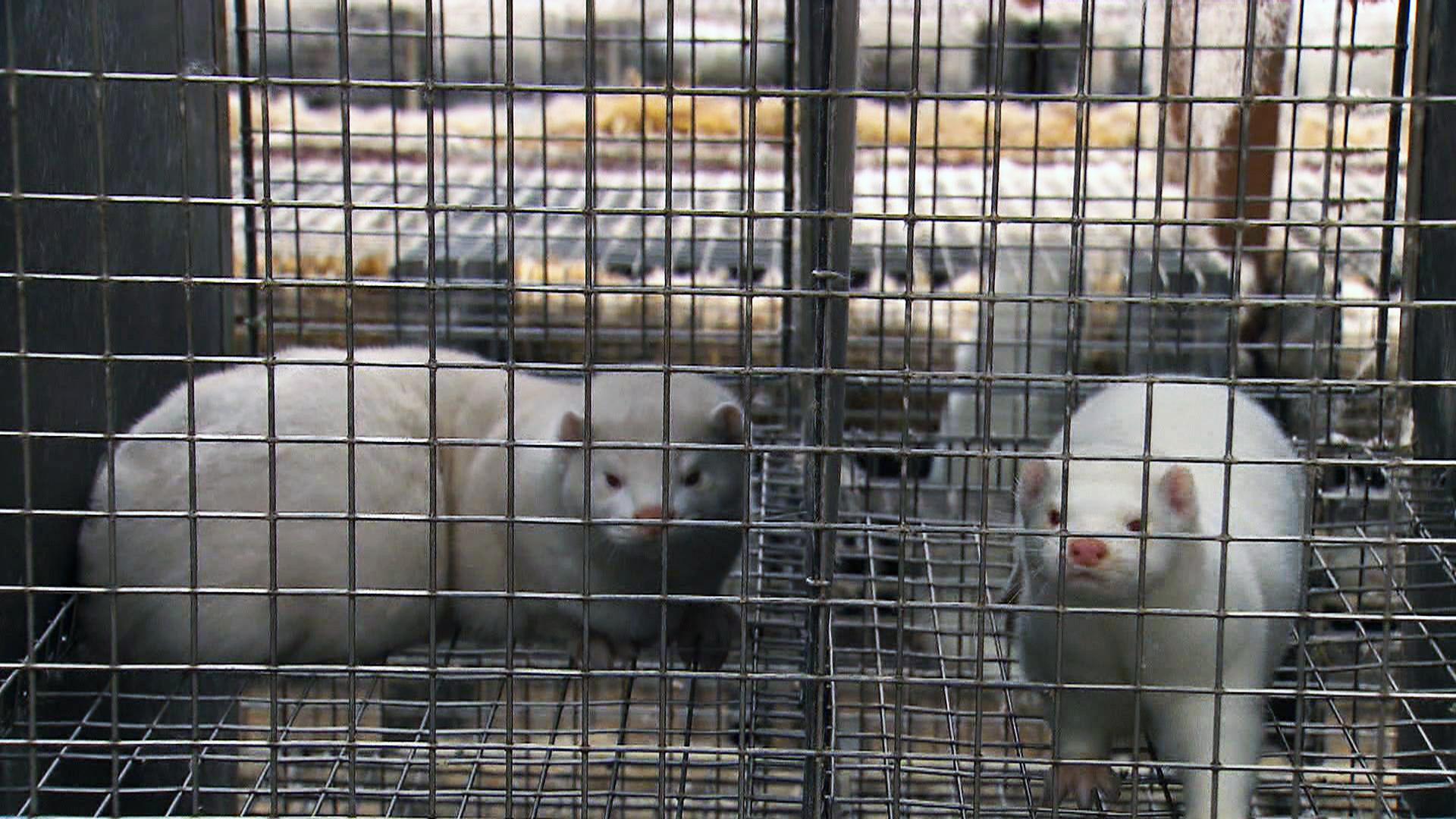
More
How minks live on Danish fur farms
In its report on complianceExternal link, the veterinary office said that shops specialising in fur had done a better job at labelling than general fashion boutiques.
“In particular, the areas for improvement are the indication of the fur’s origin and the method by which it was obtained,” stated the report, noting that it can be difficult for shops to get that information – not least because a pelt might trade hands several times, both before and after it is worked into a garment or accessory.
Posh plush
Furrier Max DösseggerExternal link and his wife run a high-end shop in Bern. He told swissinfo.ch that the labelling law hasn’t had any effect on their work.
“As a specialist shop and member of SwissFurExternal link, we’ve voluntarily used a similar declaration method since 1996,” Dössegger said. He carries furs from around the world, but mainly from Europe. The pelts come from various animals – some farmed, some hunted or trapped.
His thoughts on the proposed ban on fur products made with cruel methods?
“In principle, and in the spirit of open trade, we’re of the opinion that it shouldn’t be a problem to import products made according to a nation’s applicable laws,” Dössegger said.
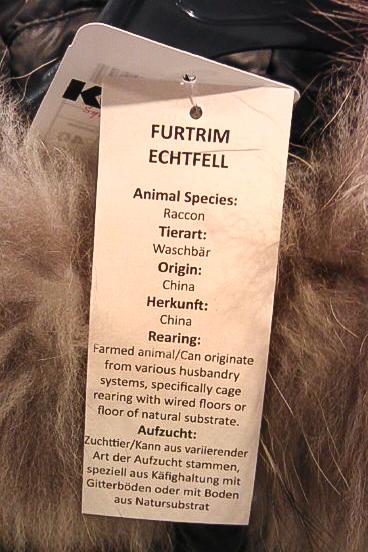
The shop also carries local fur from SwissRedFox, a label that derives its furs from the circa 30,000 foxes culled annually as part of Switzerland’s wildlife management programme. The label has positioned itself as an “ethical” alternative to fur from places where animal protection laws are laxer or non-existent.
However, animal lovers argue that there is no such thing as “ethical” fur. The Swiss Animal Party is also calling for a ban on hunting foxes and badgers in their burrows – a method used by some Swiss hunters in combination with dogs.
And what about roadkill? In the United States, a label called Petite Mort sources its fur from animals who died in road accidents. It donates a percentage of its proceeds to help establish wildlife corridors in New England.
But this fur can also be problematic, as Frank Schmidt of People for the Ethical Treatment of AnimalsExternal link (PETA) told swissinfo.ch. The sight of attractive fur fashions could spark consumer interest in fur obtained via inhumane methods.
“Just by the looks in the streets, people can’t tell if this fur comes from cruel fur farms in China, the US, the EU or from a tragic car accident,” he said – also urging people to be cautious when driving through fields and forests.
Consumer conscience
swissinfo.ch approached shoppers in Bern to get a sense of their thoughts on the issue. An elderly man confessed that he had a fox fur hat that he didn’t like wearing anymore. “It’s dyed black, from a Swiss fox, I think. But I’m not 100% sure, and I worry about what other people might think,” he said.
“I think it’s terrible that fur is back in fashion,” said a middle-aged woman, “A ban would be good.” But a girl in her late teens, wearing a fur-trimmed hood, sheepishly admitted that she liked fur, and wouldn’t want a ban.
A woman with a little boy said the trend had spread to his kindergarten. “Children certainly shouldn’t be wearing fur – they don’t even understand where it comes from.”
One guy seemed ambivalent, but then wondered if the trim on his coat was real. It wasn’t.
“Who cares about fur?” asked a punky-looking woman. “It’s the live-plucked down that people should be worried about!”

In compliance with the JTI standards
More: SWI swissinfo.ch certified by the Journalism Trust Initiative










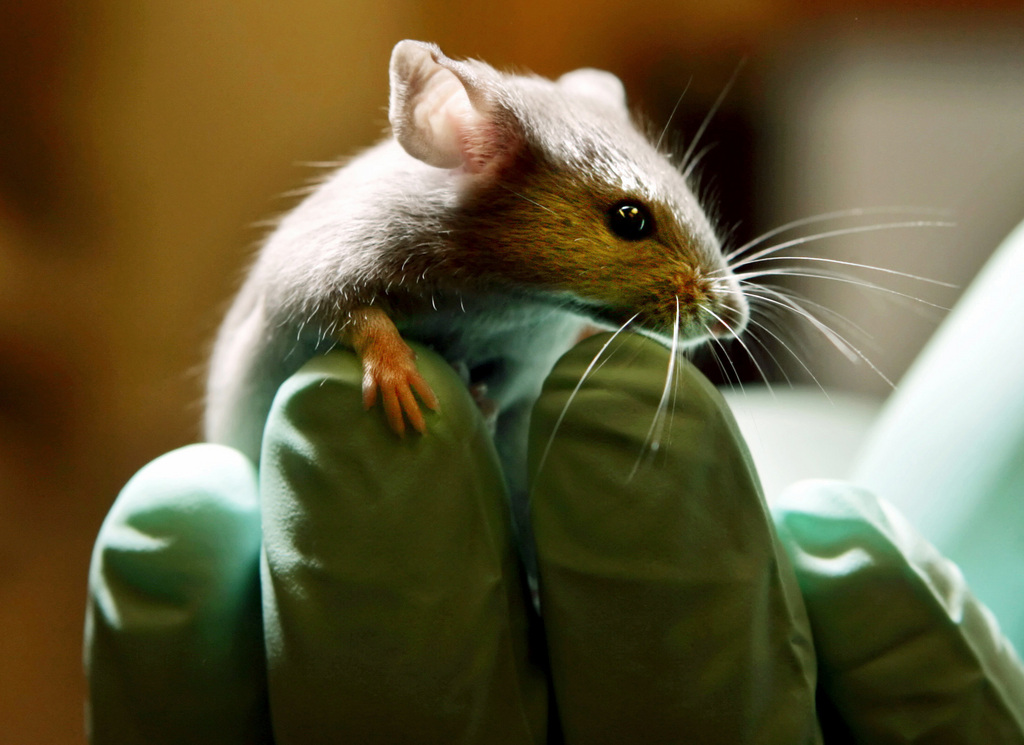
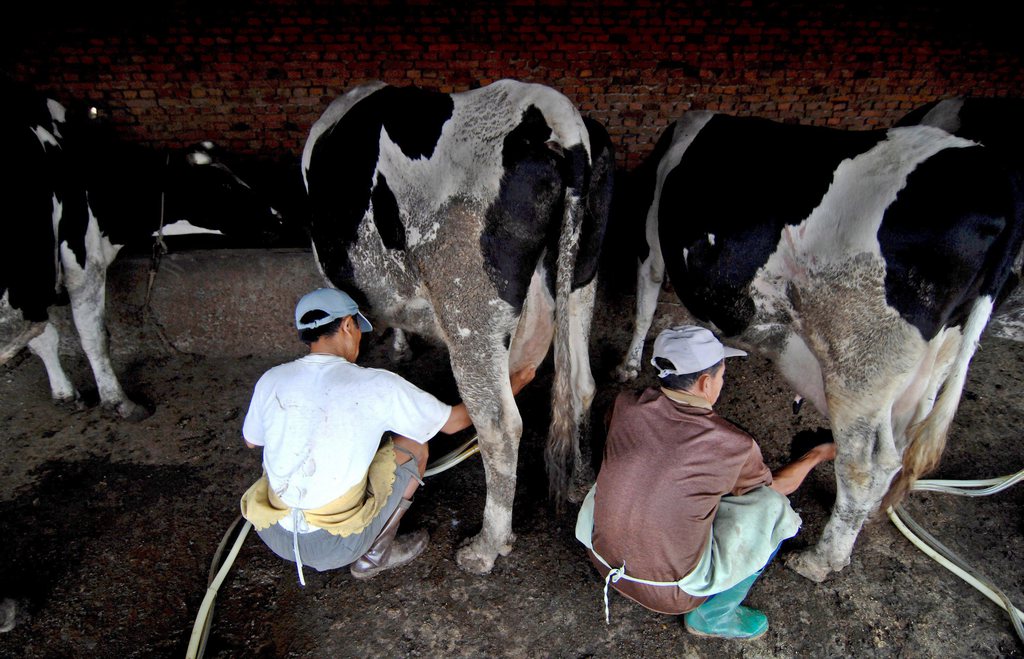
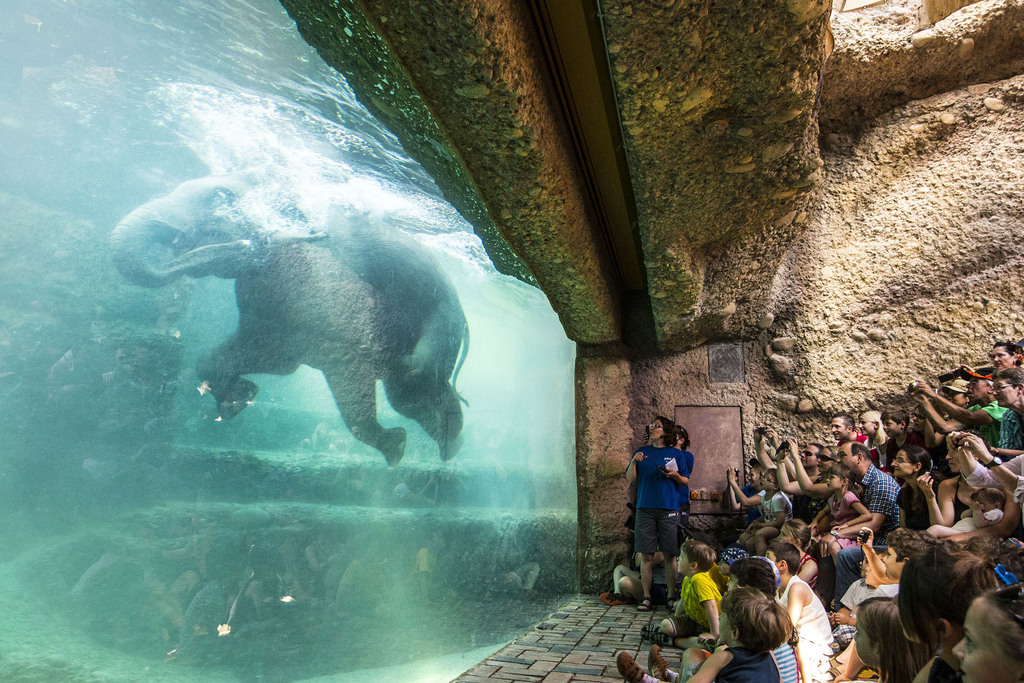
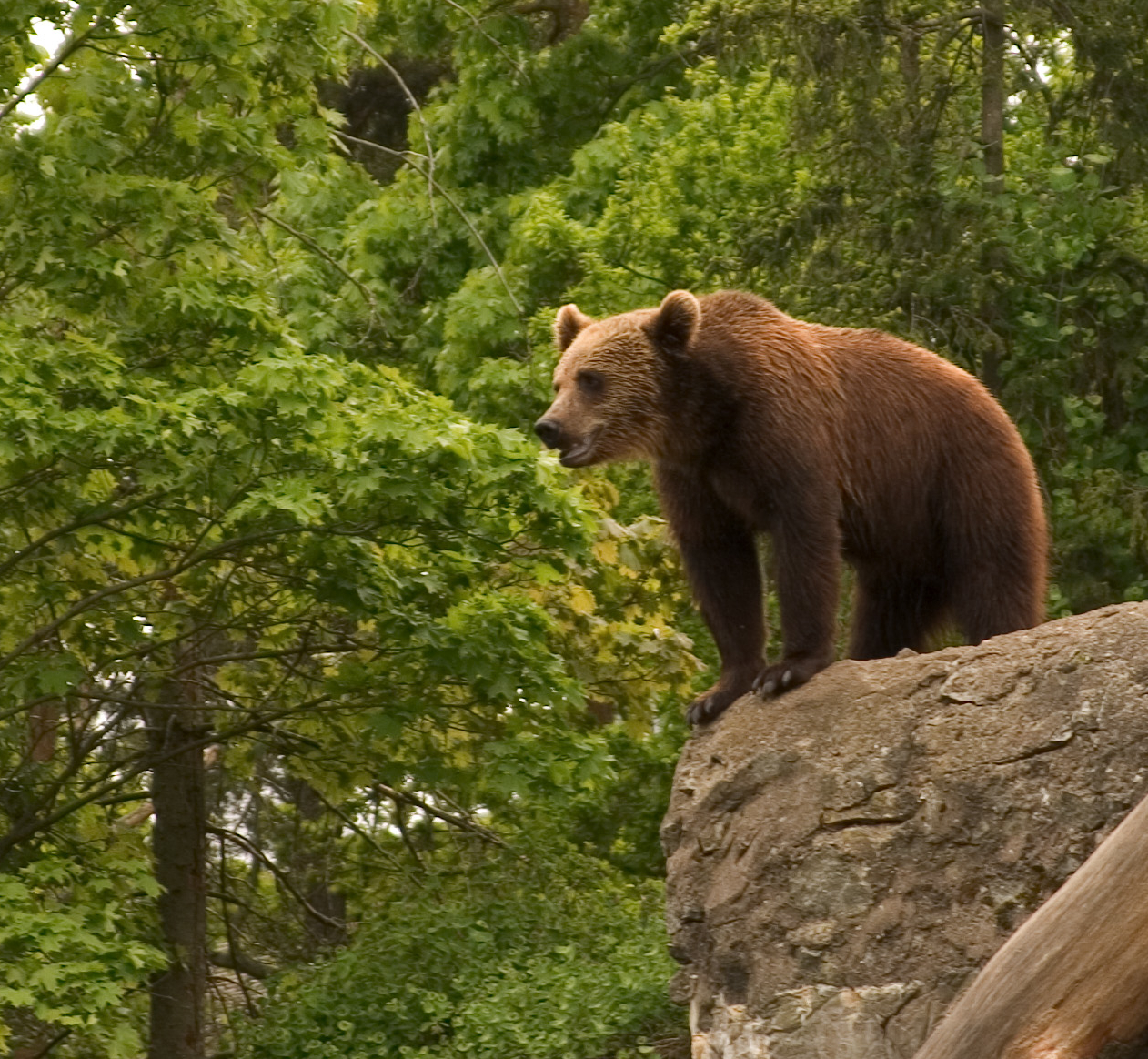
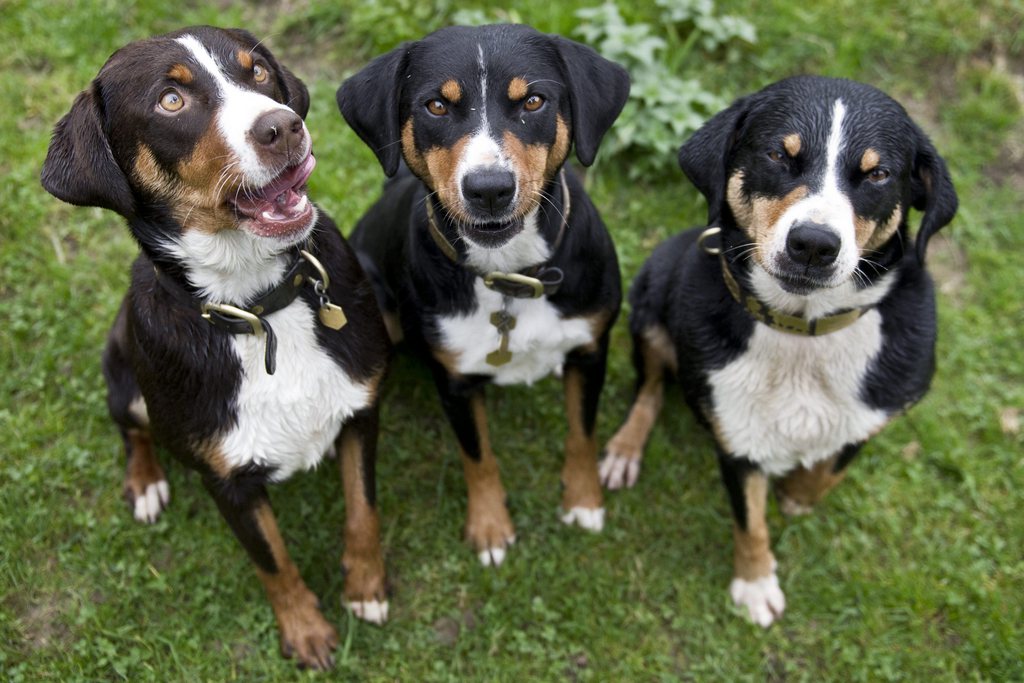
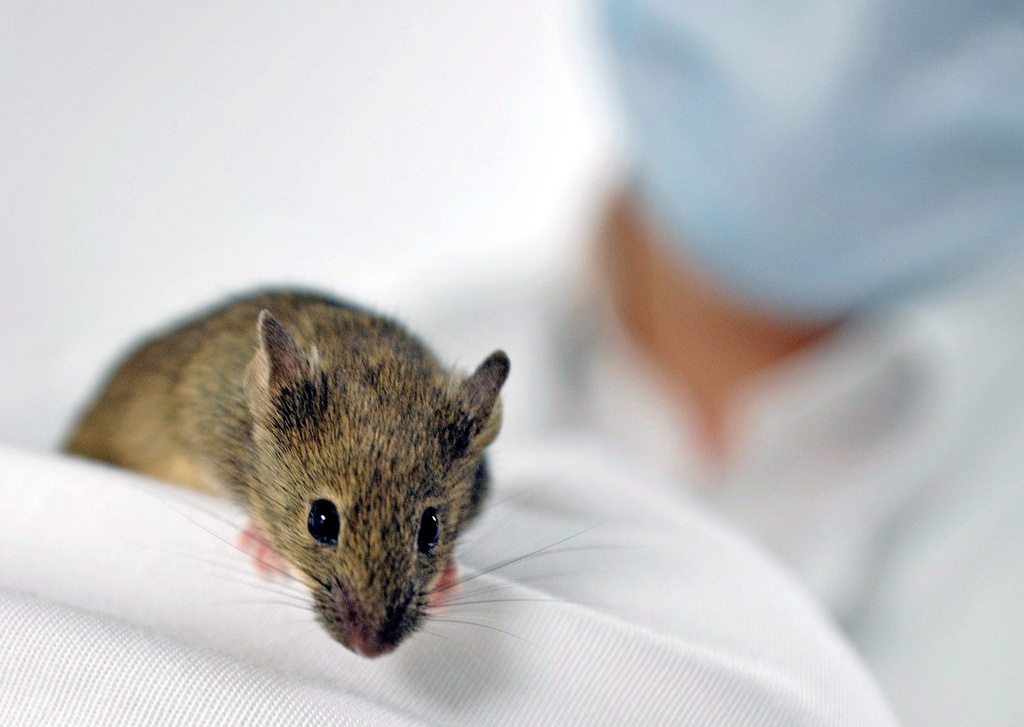
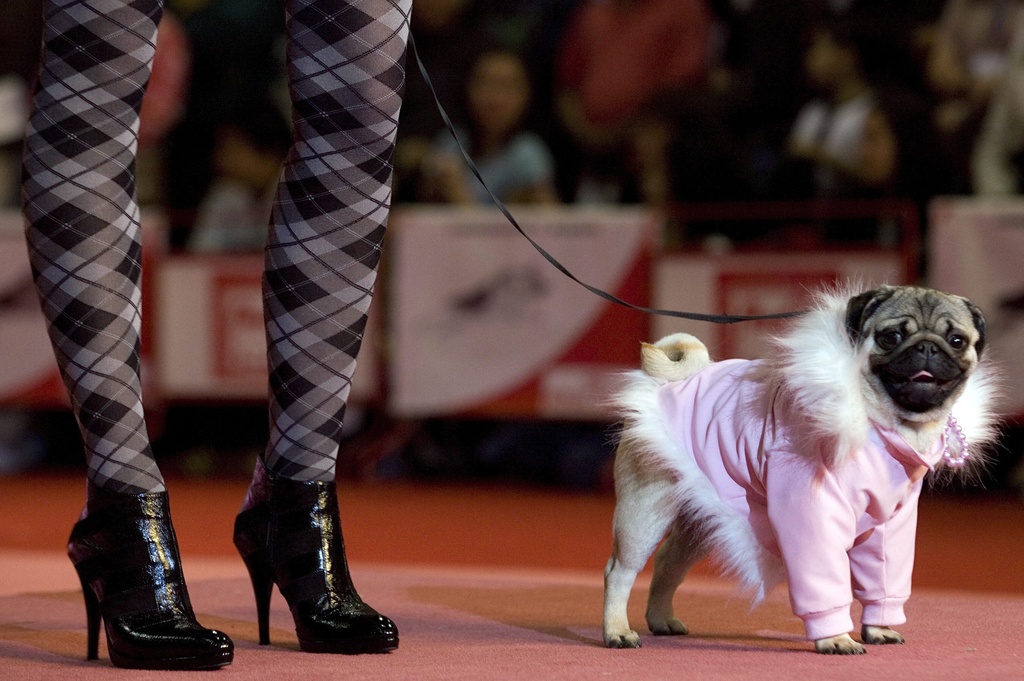
You can find an overview of ongoing debates with our journalists here . Please join us!
If you want to start a conversation about a topic raised in this article or want to report factual errors, email us at english@swissinfo.ch.